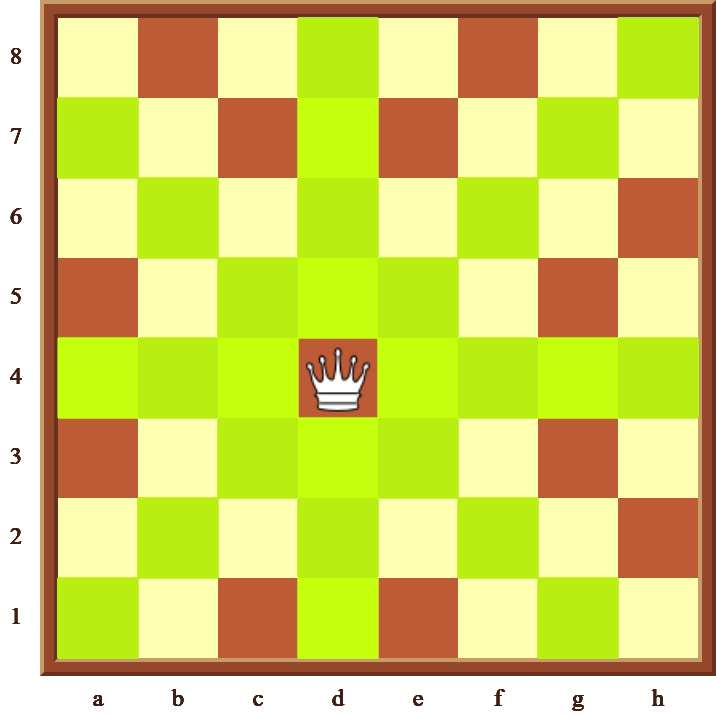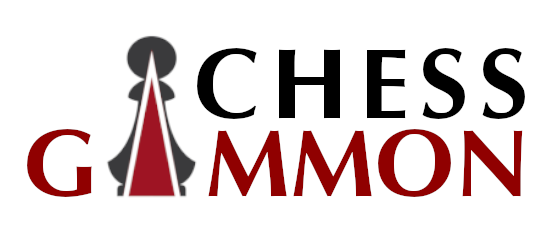The recent Netflix series, The Queen’s Gambit, has ignited a chess frenzy. Minnelials are now soughting out the best chess sets and discovering their love for a game that was once a household staple. This beginners guide will cover the foundations of chess in order to begin your journey and start winning games. Here we will outline the basics such as the setting up, the function of the pieces and some special moves that you may want to familiarise yourself with.
Step 2: The Chess Pieces and their Values
Step 3: Understanding Special Moves in Chess
Step 1: Chess Board Setup
The setup of a chess board is incredibly important in order to start the game. The lighter square is always placed on the bottom right for both players.


Visible above, the H1 square is in the bottom right position, another way to remember this is ‘lighter square, bottom right’. Chess pieces are set with the pawns coming first on the second rank. The 1st rank includes the Rooks, Followed by Knights, Bishops and ofcourse the Queen and King on D1 and E1 respectively.


There are six different types of chess pieces visible above, each has it’s own respective pavement and method of eliminating opposition chess pieces. Another integral part of the set up is where the queen sits; on its own colour. For example, the darker queen will sit on the darker square at its initial position.
It is the player sitting in front of the lighter chess pieces that will make the first move.
Step 2: The Chess Pieces and Their Values
Pawn: 1 Point: Only moves forward and eliminates opposition pieces diagonally, the pawns are often described as the foot soldiers of the game.


Knight: 3 Points: The knight piece is the only piece able to surpass other chessmen in the way. It moves forward, backward and horizontally in an ‘L’ shape manner.


Bishop: 3 Points: The bishop is a long-range piece that can very easily eliminate opposition pieces across diagonals only. It stays on its respective colour throughout the game.


Rook: 5 Points: One of the most powerful pieces on the board, however it can only move vertically and horizontally. It equates to just above half of the value of a queen piece.


Queen: 9 Points: This is the most powerful piece in the game and moves in any direction, enforcing its influence across the board.


King: No King, No Game. The King has to be the most protected piece. It moves in any direction but is only limited by one square.


Step 3: Understanding Special Moves in Chess
Special Move 1: Castling
Castling is a special move that involves the King and the Rook. For this to occur, there should be no piece between the King and the Rook. This double move happens under one turn and is a move invented to speed up the game of chess.






Casting can only occur under certain circumstances:
- The King or Rook have not moved from its initial position
- The King and the Rook have no other chess pieces in the way to conduct this vital move.
- The King is not in a position of check or the resulting move does not end up in a check.
Special Move 2: En Passant
En Passant is a special move in chess that involves pawns and their movement. The term in French means ‘In passing’. This move can only occur if the opposition pawn moves by 2 squares forward, allowing your pawn to eliminate the opposition adjacent.




As seen here, the pawn in position B5 is able to eliminate the pawn C5 by moving to C6.
Step 4: Check
Check is when the opponent is in a position of attack that will leave the King vulnerable to elimination and hence losing the game. Below the King has been checked and can still move to E7.


Step 5: Checkmate
Checkmate, on the other hand, is the end stage of the King. This is a position where the King has no way out.


The black King in B8 is unable to move without being eliminated and therefore this position is a checkmate and is the end stage of the game.
The King is in checkmate as long as the piece making the checkmate is not eliminated and the checkmate cannot be blocked by another piece. Lastly, the king is unable to move to a square that is not under attack.
Step 6: Stalemate
A stalemate is a tie in a game of chess. This is another end stage of the game if no legal move can be made from either player, leaving the game in this state.


In this position, the black king cannot make a legal move either side of the pawn as it’s a risk of checkmate, likewise the white pawn cannot move forward resulting in a stalemate position.






